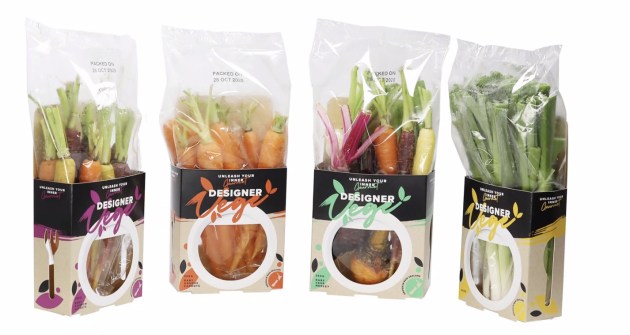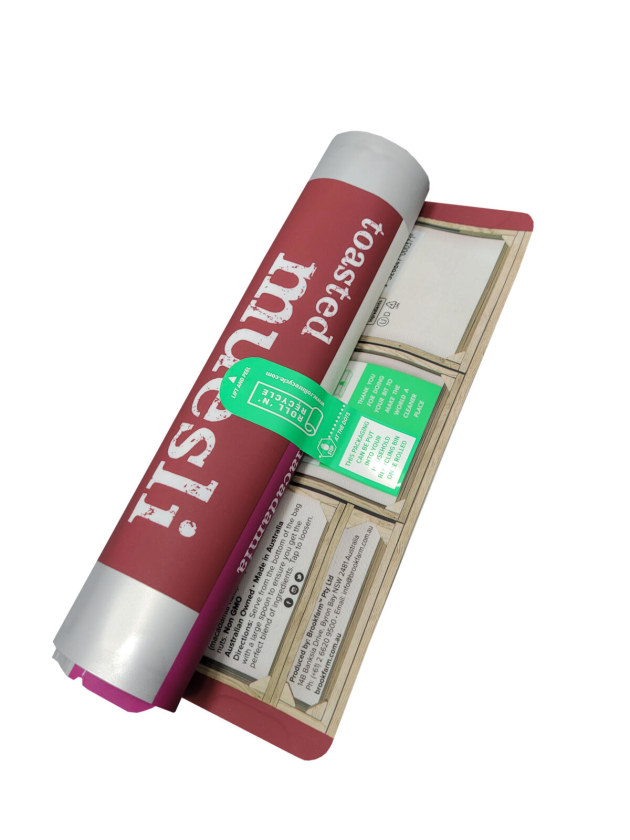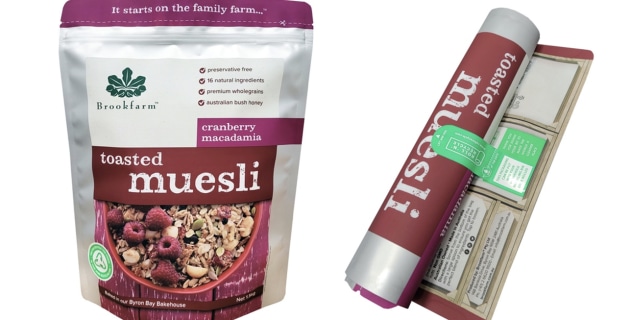Persistence and creativity are key factors in packaging design to reduce food waste, meet sustainability goals and meet consumer expectations, confirmed the opening speeches at this year’s Australian Institute of Packaging (AIP) conference.
Simplot packaging technologist Michael Van Dord shared the astounding statistic that COVID-19 has increased consumer spending on home delivery by a staggering 258 percent. Perhaps unsurprisingly, 50 percent of those orders included chips. Simplot’s brand Edgell faced the greatest challenge – packaging that could keep crisps crispy for up to 40 minutes.
After around 50 prototypes, his sustainable packaging with a raised and ventilated base came onto the market and saved us all from soaked chips everywhere.
While the pandemic saw the growth of home delivery, it created a major business headache for the fresh produce company. Southern fresh food. It grew 27 different products and supplied the restaurant market with 30 tons of lettuce, which dried up in no time.
“COVID hit us hard. We are doing a premium niche project where our product is growing in a long pipeline. All of a sudden we saw ourselves chopping baby vegetables back into the ground for 20 to 30 acres. We had to find a way to reduce the colossal loss of food, ”said Brock Dunn, the company’s sales and marketing director.
The company hired NAVI Co. Global to transform their fresh food-use food into a retail product.

NAVI Managing Director Gilad Sadan said it was a great project that was done under pressure in the delta of food waste, packaging waste, and food safety requirements and expectations.
“There were three components – a grower who needed a market for their product, retailers who want a product with shelf life and consumer appeal, and consumers looking for food ideas and new recipes to cook during the lockdown,” said Sadan .
“It was about presenting the consumer with something they would expect in a restaurant, but in a format that made it accessible and affordable for them to use at home.”
The resulting packaging design made the products clearly visible in a recyclable and longer-lasting packaging with a cardboard cover with a recipe.
In the meantime, Junee Lamb was looking for a solution for its vacuum-sealed packaging that wasn’t tough enough to withstand sharp bones and rough transportation. Working with Sealed Air, Cryovac brand Total Bone Guard provided a solution that not only reduced inventory loss, but also met many of today’s implicit goals in the packaging industry.

Sealed Air’s Paul Parker said packaging has to jump through a lot of hoops. “Protection is the main purpose, but it also has to be based on the 10 packaging principles, to satisfy and fulfill stakeholders [Australian Packaging Covenant Organisation] Goals, ”he said.
“It is patched onto certain parts with a backing material to protect the areas that need it most. We have succeeded in developing a solution that complies with packaging guidelines, is optimized for material efficiency, meets food standards and is designed for the recovery and reduction of food waste.
“The focus of Cryovac is on storing food. If we meet the challenges of our customers, we can meet the challenges of the planet, ”said Parker.
Brookfarm rolls with the bags

The premium cereal and snack company Brookfarm has been at the heart of sustainability since it was founded more than 20 years ago. The latest development of their environmental commitment was a partnership with OF Packaging to redesign their cereal packaging.
Switching from a metallized multi-laminate structure to a high-barrier monopolymer bag that can be recycled over the curb earned Brookfarm the gold medal at the Packaging Innovation & Design Awards 2021 for Food Packaging Design of the Year.
Sally Carter, Head of Operations and Procurement at Brookfarm, said the project lasted about 12 months, with packaging integrity being constantly challenged due to specific high oil content requirements (the company uses macadamia nuts from its farm in all of its products).
“We were also pressured by our consumers asking why our packaging couldn’t be recycled and when it would be,” Carter said.
For OF Packaging managing director Joe Foster it was the latest chapter in a longstanding partnership with Brookfarm. The companies had worked together for almost as long as Brookfarm existed.
For Foster, the “Recycle-Ready” function and the abandonment of the laminate structure were important achievements.
“Towards the end of the trials, we looked at the recycling potential at the roadside. We tested it at different temperatures, at different strengths and it was successful every time. By attaching a special label to the bag, it could be rolled into a semi-rigid form and mixed and recycled without any problems. It’s a great development and we want to expand it to others, ”said Foster.

